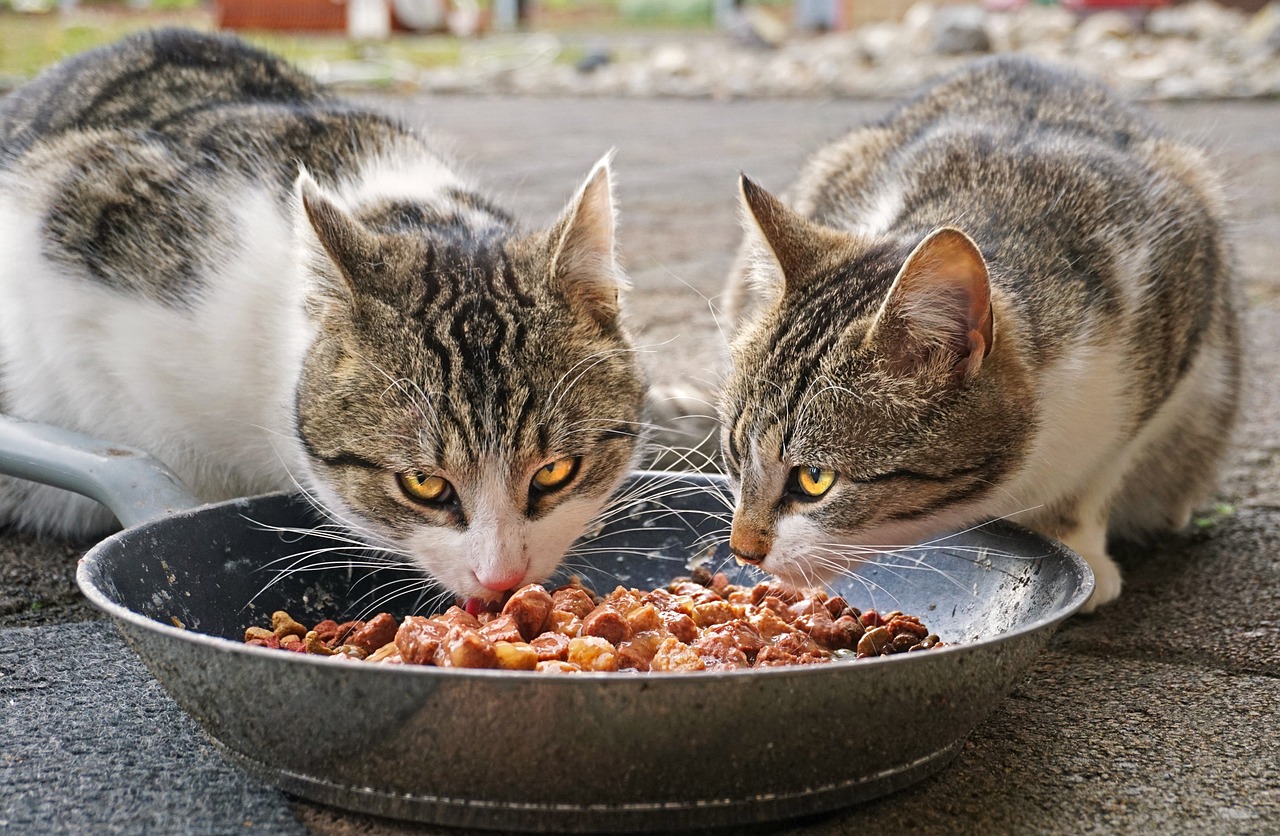The Benefits Of Chicken In Your Cat’s Diet
Cats thrive on diets that meet their unique nutritional needs. High-quality proteins are crucial, and chicken stands out as an excellent source. When you include chicken in your cat’s diet, you are supplying ample proteins that are essential for maintaining healthy muscles, tissues, and immune function. Chicken also provides essential fatty acids, which support your cat’s skin and coat health, along with beneficial vitamins and minerals.
Notably, chicken is packed with vitamin A, which plays a vital role in vision, growth, and immune function. B vitamins found in chicken, like B6 and B12, aid metabolism, while niacin helps enzymes function effectively in a cat’s body. Essential minerals like iron, magnesium, and zinc, contribute to various biological processes, including the transportation of oxygen in the body, bone health, and immune response.
Choosing Chicken for Cats
Considered a lean meat, chicken has a relatively low fat content compared to other proteins. This aspect of chicken for cats makes it a healthier choice, especially for cats needing to manage their weight. Some protein sources in commercial cat food are high in saturated fat, which, in excessive amounts, could contribute to weight gain and associated health issues in your feline friend.
Furthermore, high-quality chicken in cat food ensures a highly digestible protein source, reducing the risk of food intolerances or allergies that can be more common with other proteins. This makes chicken an excellent choice for cats with sensitive stomachs or food intolerances.
The Benefits of Grain-Free Chicken Cat Food
Grain-free cat food has recently gained popularity among cat parents. A significant advantage of grain-free chicken cat food is improved digestion. Cats are obligate carnivores, which means their bodies are designed to digest meat, not grains. Thus, a grain-free diet can be more natural and beneficial for them.
Additionally, many cats experience healthier coats and less shedding when switched to grain-free diets. The elimination of potential allergens like wheat, soy, and corn can also reduce the risk of food allergies or intolerances. However, it’s crucial to consult your vet before transitioning your cat to a grain-free diet, as each cat is unique and might have different dietary needs.
Transitioning From Grain-Based to Grain-Free Diet
It’s not advisable to switch your cat’s diet overnight, as it could cause digestive upset. Instead, transition slowly over several weeks. Begin by replacing a small portion of the current diet with grain-free chicken cat food, gradually increasing the grain-free portion while decreasing the grain-based diet.
Watch out for any signs of digestive discomfort, such as diarrhea or vomiting. If these occur, slow down the transition, and if they persist, consult your veterinarian. Transitioning gradually will help your cat’s digestive system adapt to the new diet, reducing the chance of any adverse reactions.
Portion Control
While it’s essential to include chicken in your cat’s diet, it’s equally crucial to ensure the right portion sizes. Overfeeding can lead to obesity, which can cause numerous health problems, including diabetes, arthritis, and urinary issues.
Consider your cat’s size, age, and activity level when determining portion sizes. A small, less active indoor cat will require smaller portions than a large, active outdoor cat. As a rule of thumb, adult cats should consume about 20 calories per pound of body weight to maintain their weight. This could vary based on individual needs, so it’s always a good idea to consult with your veterinarian.
Including Chicken in a Varied Diet
While chicken offers many benefits, it should be a part of a diverse diet for your cat. A varied diet ensures your feline friend gets a broad spectrum of nutrients, which can’t be guaranteed with a single food source.
Consider rotating between chicken dry cat food and other high-quality protein sources, such as fish or turkey. Varying between wet and dry food can also help ensure your cat gets adequate hydration, especially if they don’t drink much water. While chicken can be a significant part of their diet, remember to include other beneficial ingredients to offer a complete, balanced diet.
Sourcing and Preparing Chicken-Based Cat Food
When sourcing chicken for your feline friend, opt for fresh, high-quality meat. While it’s possible to cook chicken at home, ensure it’s thoroughly cooked to kill any bacteria that can cause food poisoning. Never offer your cat raw or undercooked chicken.
On the other hand, commercial cat food, such as canned chicken for cats or dry kibble, is formulated to meet all nutritional needs. Look for high-quality brands that use real chicken and avoid artificial colors, flavors, or preservatives. Make sure chicken or chicken meal is the first ingredient listed, indicating a high proportion in the formula.
Maintaining a Balanced Diet for Your Feline Friend
As your cat ages, its dietary needs change. Kittens require more protein and fat for growth, while older cats may need fewer calories but more fiber and certain nutrients. Some breeds may also have specific dietary needs. Additionally, your cat’s size and health conditions will affect their dietary needs.
It’s essential to adjust your cat’s diet based on these factors. Regular vet check-ups are crucial to ensure your cat’s diet is meeting their needs and to catch any potential health issues early. If you notice changes in your cat’s weight, coat, or energy levels, it might be time to reevaluate their diet.
Chicken can be a nutritious and delicious addition to your cat’s diet, offering a bounty of health benefits. Remember to keep their diet varied and portion-controlled, consult your vet before making significant diet changes, and monitor your cat’s health regularly to ensure they are thriving on their diet. Here’s to happier, healthier feline companions!

